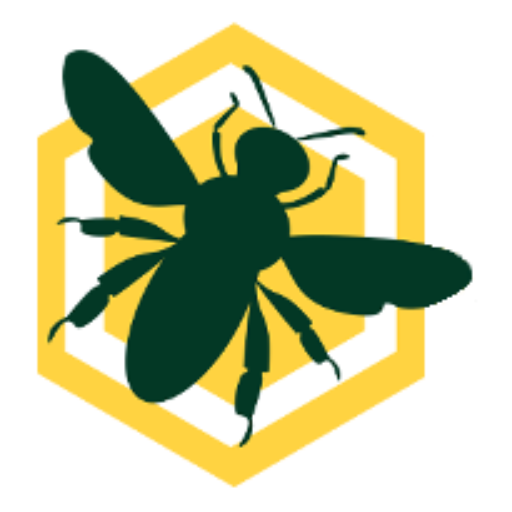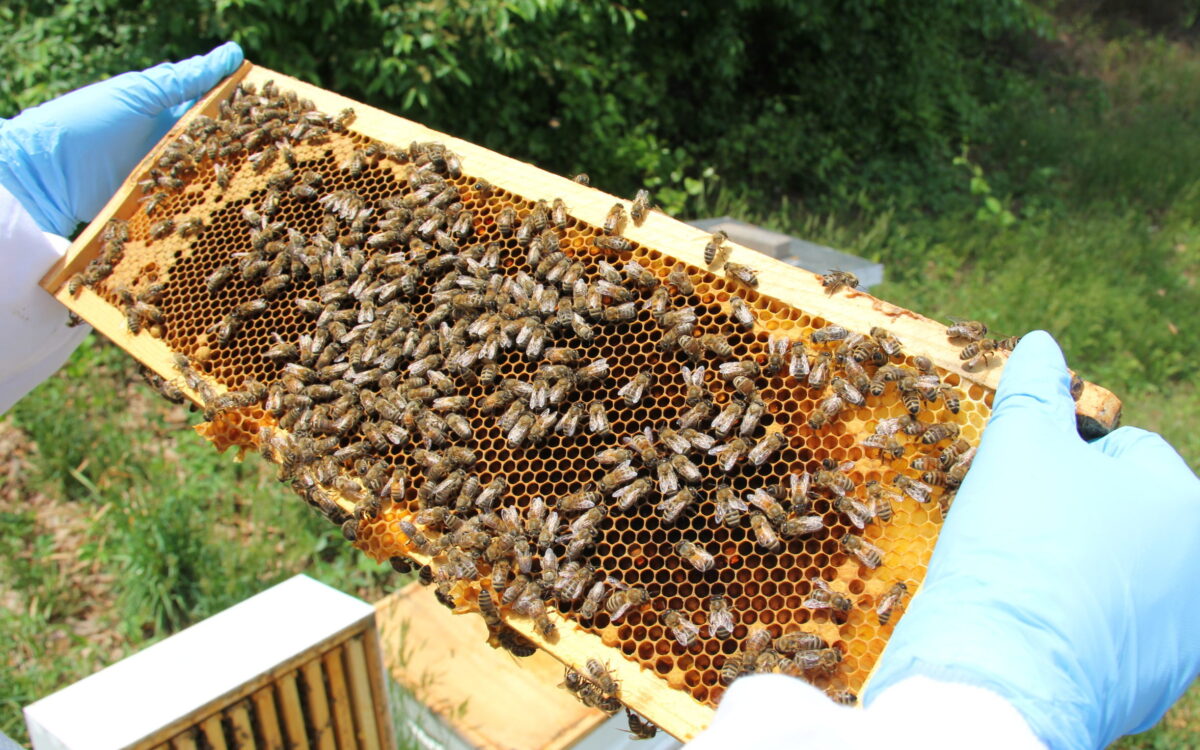Honey bees can be infected by a number of viruses which can affect their health and result in colony losses. The first scientific publication describing a viral pathogen capable of infecting honey bees dates back to 1913. Since then, approximately twenty more honey bee viruses have been identified and published (Link). The most abundant of these viruses which might be associated with higher colony losses are selected for the APHIS National Honey Bee Survey screening (Table 1). When the survey began in 2009-2010, we screened only six viruses (ABPV, CBPV, DWV-A, IAPV, KBV, SBPV). Lake Sinai virus 2 (LSV-2) was added in 2013 as a possible target of concern (Link).
In this blog, we highlight the US National Honey Bee Disease Survey (NHBDS) viral results from 2009 to 2020. Currently, we are working on 2021-2022 survey viral samples. Therefore, analysis of the most recent samples is not included in this discussion.
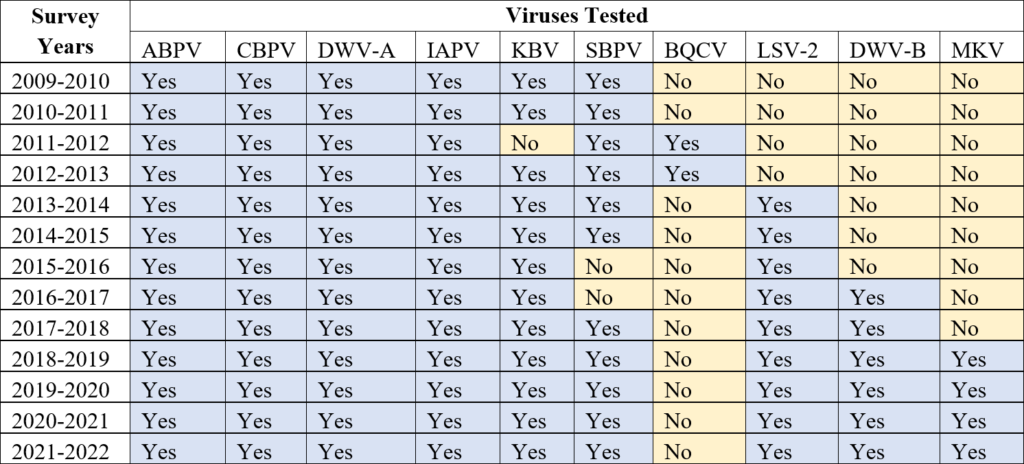
LSV-2 was discovered during a 2008-2009 study on a large scale migratory commercial beekeeping operation, which spent time near Lake Sinai in South Dakota (Link), and is now found as one of the most common viruses that infects honey bees worldwide without apparent visual signs. LSV-2 has a positive-strand RNA genome, approximately 5,500 nucleotide-long which is packed in spherical particles 27 nanometers in diameter. LSV-2 and other LSV variants were taxonomically classified to the genus Sinaivirus, a distinct group which significantly differs from the other viruses. The closest evolutionary relatives of Sinai viruses are Chronic bee paralysis virus and, although distant, the viruses from the Nodaviridae family (Link).
LSV-2 is one of the most recently discovered honey bee viruses added to the viral screening suite for the National Honey Bee Disease Survey. Since 2013, we have continued screening for LSV-2 as part of the current suite of viruses tested and we are in our ninth-year testing for LSV-2.
The total number of samples taken per year from apiaries during 2013-2020 ranged between 508 and 999 (Figure 1).
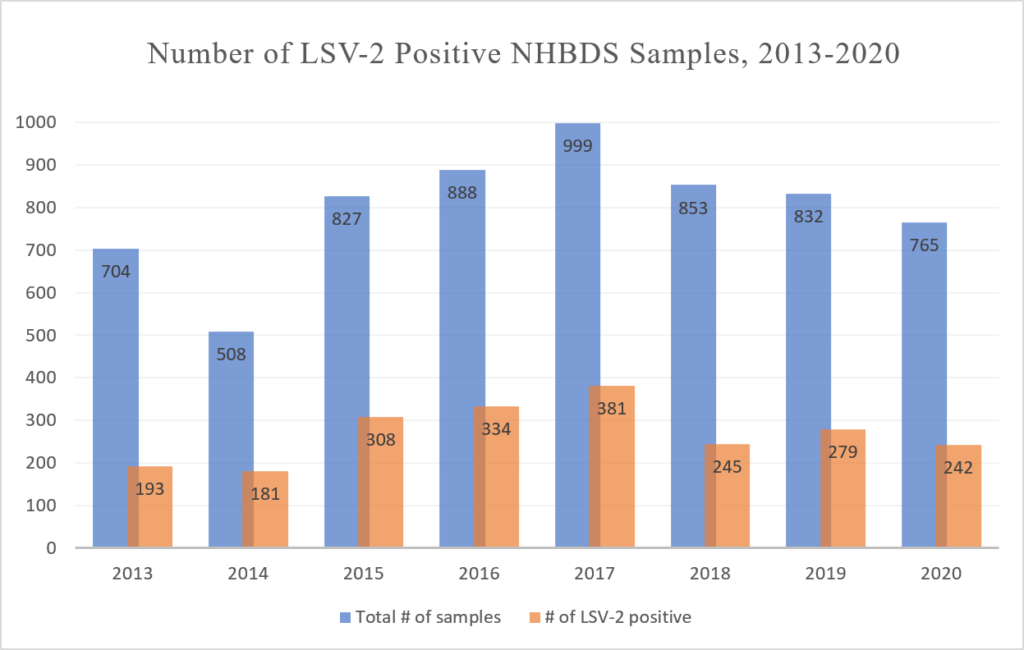
The percentage of LSV-2 positive apiary samples ranged between a low of 27.41% in 2013 and a high of 38.14% in 2017 (Figure 2), with the prevalence increasing each year between. In the subsequent year, 2018, the prevalence significantly dropped to 28.72%. However, in 2019 and 2020, a slight increase was seen again, to 33.53% and 31.63% respectively (Figure 2). For further details, we also investigated the monthly prevalence of LSV-2, and it appears that seasonal variation is occurring throughout the year, peaking in February (64.4%) and dipping lowest in September (20.6%) (Figure 3).
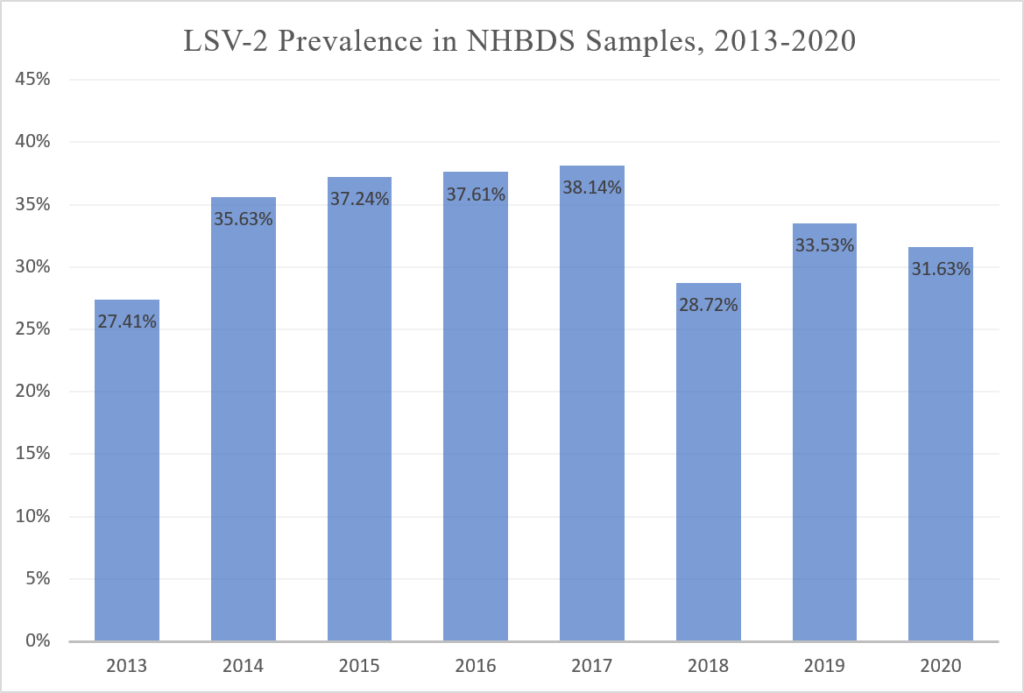
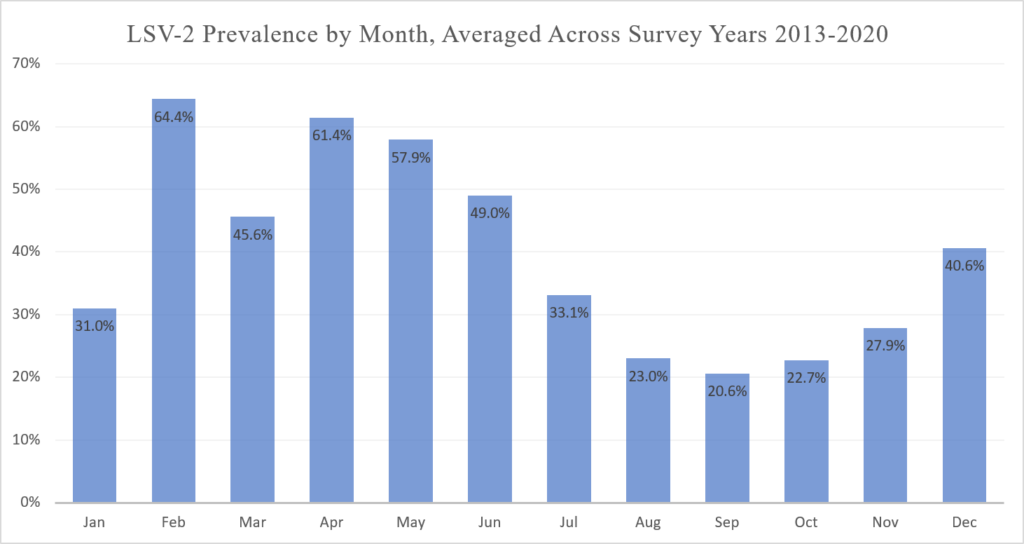
Since Varroa mites act as a vector of most honey bee viruses, viral prevalence often depends on the presence of Varroa. However, in previous examination, we did not find that LSV-2 tracked with high mite levels. It did track with increasing Nosema fungal infection, a possible sign of stress (Link).
Only a very few honey bee viruses causes symptomatic infections and LSV-2 is among the majority of viruses which do not cause obvious symptoms, although there are reports that it is more abundant in weak or collapsed colonies (Link). Because of its possible relationship with diseased and collapsing colonies and its high prevalence (in ~30% of the US colonies), we will continue to monitor LSV-2 presence and levels. As a side note, if you are interested in learning more about LSV-2 and the other honey bee viruses we test for in the NHBDS, I encourage you to explore our online data portal (Link).
